Although it is far from the best known of his ghost stories, The Ash-Tree is perhaps the most explicitly grisly of all M R James’ tales of the supernatural. This particular short story is also very personal, for it is the one that most powerfully reflects his near-pathological fear of spiders, hints of which also appear in The Tractate Middoth. In European folklore the ash tree does have occult significance, but it is generally positive: there is Yggdrasil, the World Tree in Norse mythology; the Christmas log was of ash and was thought to bring prosperity to the family that burned it; tools made of ash were thought to allow the persons using them to do more and better work etc. Conversely, witches were believed to ride through the air on ash branches – a point of relevance in that witchcraft plays a critical role in the story.
The Ash-Tree was first published in James’ 1904 collection Ghost Stories of an Antiquary. The tale documents the experiences of Sir Richard Castringham, who has just inherited a country seat with an unfortunate history. The house has been cursed since the day his ancestor, Sir Matthew, condemned a woman to death for witchcraft. It is soon discovered that the ancient ash tree outside his bedroom window is the root of the problem. No one has yet offered an adequate explanation of why James associated the eponymous tree with evil. Not only is the witch, Mrs Mothersole, supposedly seen “at the full of the moon, gathering sprigs” from it, “cutting off small twigs with a peculiarly curved knife”; but later her arachnid familiars come out of the tree, and their nest is found there, along with her skeletal remains. This may have been based on a true story, as the name Mothersole is found on headstones in the churchyard near Livermere Rectory, where James grew up, which was screened from Livermere Hall by ash trees.
Ireland is said to be one possible source for the belief, which runs counter to English ideas, that ash trees are sinister. In England, ash trees are credited with healing, divinatory and protective powers and a charm against witches. There is an account of a haunted ash tree in Lincolnshire; but the haunting, although disturbingly eerie, is not noticeably evil – and there is no evidence that James was aware of it anyway. There is an evil ash tree in Phantastes, a book-length fairytale by the Victorian children’s author George MacDonald, which James may have read in his schooldays. In the first section of the book MacDonald’s malevolent ash tree stalks the hero in a highly sinister, near-Jamesian manner: “A gnawing voracity, which devoured the devourer, seemed to be the indwelling and propelling power of the whole ghastly apparition…”. Such a memorable image as this must surely have stayed with James, and it might well have come to mind when he was looking for a suitably evil tree in The Ash-Tree (click to read!).
Incidentally, the tale has been dramatised twice, in the 1980s and in the 1970s. The eighties version was only a partial dramatisation really, featuring Robert Powell in suitably donnish attire, reading out the story in a Jamesian study. The earlier seventies version is for me far more memorable and chilling. Produced as part of the BBC’s Ghost Stories for Christmas strand, it was like the others in the series in being intense, well acted and superbly atmospheric. Unsettling rather than all-out terrifying, but certainly not one for arachnophobes!




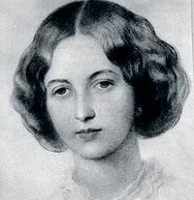
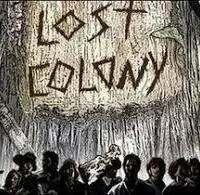

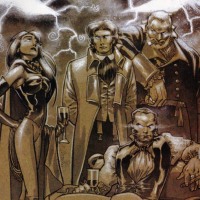
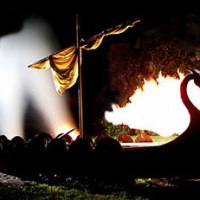


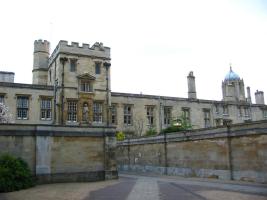


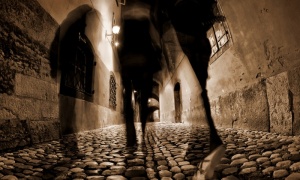


Leave a comment